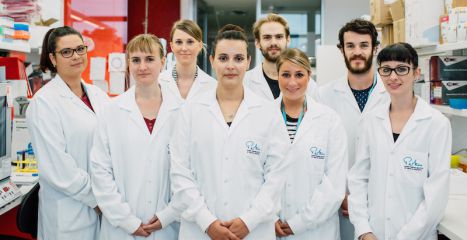
Researchers from the Harry Perkins Institute of Medical Research have found a connection between a mutation in the power source of our cells and a devastating disease that causes vision loss, heart disease and muscle defects in patients.
The disease, known as Leigh Syndrome, has previously been linked to a genetic mutation, but Perkins researchers were able to determine how the mutation led to mitochondrial dysfunction.
Mitochondria are responsible for converting energy from food into a power source for our body and are essential for the normal function and survival of our cells.
The researchers discovered that this mutation stopped production of a particular protein, which helps our cells generate energy.
Lead researcher on the project, Dr Tara Richman, said without this protein the energy production system falls apart, which leads to symptoms similar to those seen in patients with Leigh Syndrome.
“When we investigated further, we discovered that this protein works like a chaperone, guiding vital components of our energy production system to the right area,” Dr Richman said.
In patients with Leigh Syndrome, the symptoms often show up later in life as the function of mitochondria diminishes over time.
“Your body can compensate for quite a lot of horrible things, even without the right components, but eventually things start to go very wrong,” Dr Richman said.
Dr Richman said the research was a critical step in understanding more about the disease and how our mitochondria function in general.
“There’s still so much that is not understood about mitochondria and how they power every single part of our body,” Dr Richman said.
“If we don’t understand this, we’ve got no hope of understanding any disease at all.”
The research was published this week in the prestigious journal Nature Communications.
